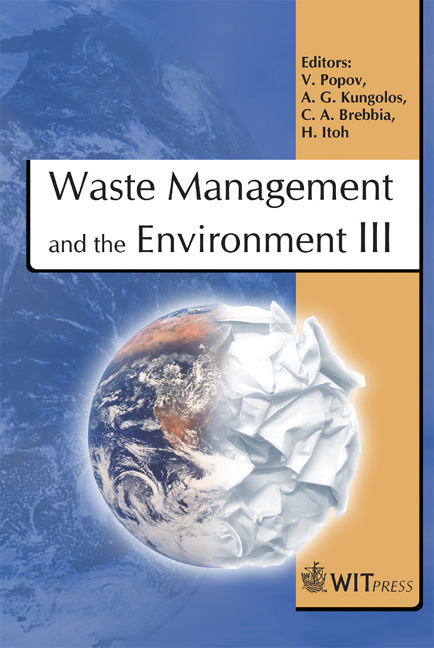Automated Truck Design For Glass-waste Collection With Optimised Compactor For Glass Recycling
Price
Free (open access)
Transaction
Volume
92
Pages
10
Published
2006
Size
1,276 kb
Paper DOI
10.2495/WM060611
Copyright
WIT Press
Author(s)
M. Zordan & S. Morassut
Abstract
Waste recycling begins from the collection phase. The ordinary activity of emptying bins in trucks for subsequent stocking, material separation and recycling treatment has great impact over the whole process efficiency. With optimised garbage collection it is possible not only to achieve a better recycling rate in terms of quantity and material quality, but also to deeply cut the costs of material selection and treatment in the recycling process. This especially applies to collected glass where the recycling steps require multiple treatments for sorting, processing and glass re-use either with \“new” material, to obtain glassbased items, or mixed to other substances, even to produce completely different composites. This paper highlights some \“design guidelines” of a truck aimed at urban glass-waste collection. Two features give unique capabilities to the vehicle: the automation of both loading and compacting processes and the compactor performance with regard to the size of the treated material, cut down in pieces suitable for optimal recycling efficiency. Keywords: compactor, glass, recycling, truck, vehicle, fieldbus. 1 Introduction 1.1 Waste collection Garbage collection involves many interactions among technical and organisational aspects. Logistic problems concentrate in the management of a fleet of vehicles (trucks, loaders, etc.) and in the coordination of the related personnel. The decision where to set collection points (waste bins, containers, etc.) is a trade-off between user commodity, time spent for collection and
Keywords
compactor, glass, recycling, truck, vehicle, fieldbus.





